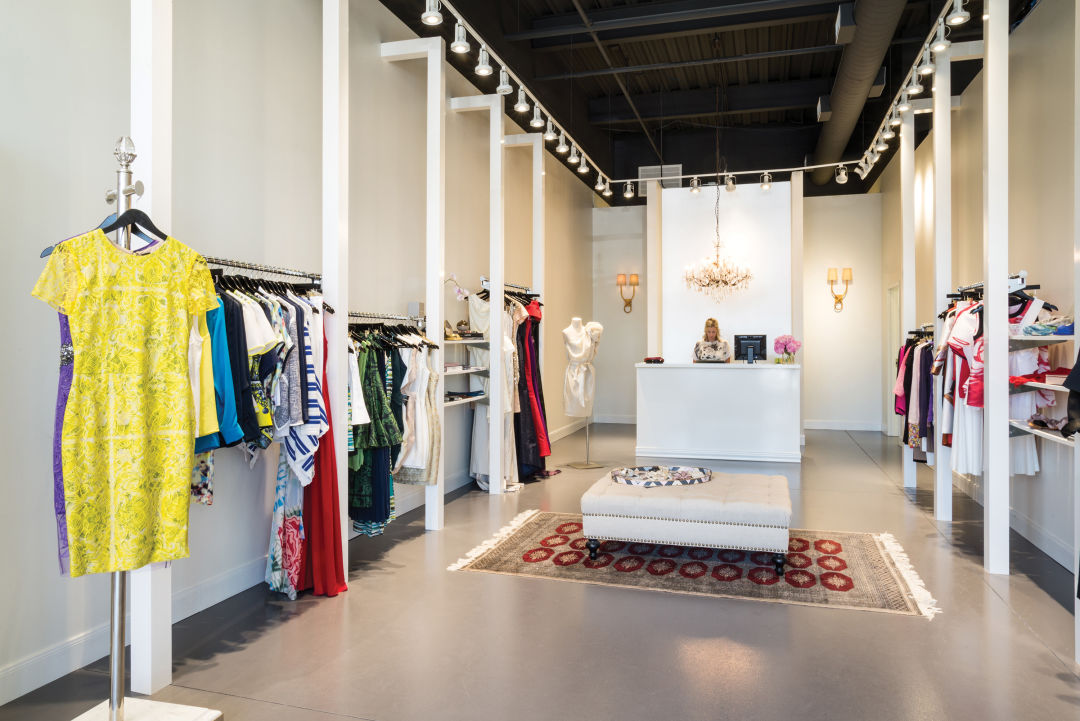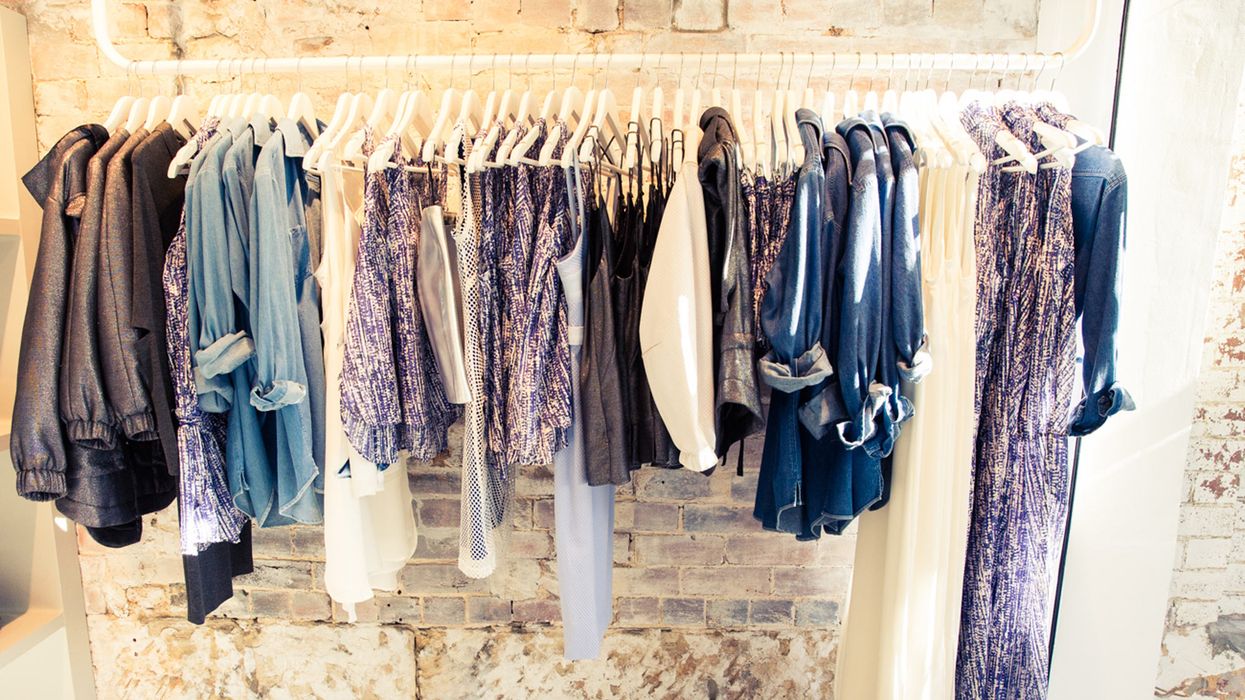The Impact of Social Media on Today's Boutique Fashion Trends
The Impact of Social Media on Today's Boutique Fashion Trends
Blog Article
A Deep Dive Into the World of High-Fashion Runways: Understanding Clothes as Art
High-fashion runways have become sectors where clothing transcends its practical beginnings, advancing into an advanced form of artistic expression. Developers, much like masterful musicians, weave elaborate stories with color, textile, and form, redefining and testing conventional standards charm requirements. These programs are greater than simple display screens; they are immersive experiences, where every stitch and joint narrates rich with social significance and progressive technology. As we explore these sartorial spectacles, we must consider: what duty does style play fit social values, and how does it mirror the ever-changing tapestry of human feeling and identification?
The Development of Runway Shows
The trajectory of runway programs has actually transformed considerably over the years, progressing from exclusive sector occasions to exciting spectacles that blend fashion with art. Traditionally, runway programs were intimate events, kept in ateliers or tiny places, mostly gone to by customers and industry experts. These very early discussions concentrated on the garments' craftsmanship and industrial stability, providing a direct and useful display of seasonal collections.
As the style sector increased, the nature of path programs started to transform. The 1970s and 1980s noted a turning factor, with designers seeking to differentiate themselves with even more theatrical discussions.
In the last few years, technology and social media sites have further changed runway shows, making them easily accessible to an international audience. Livestreaming and digital platforms have equalized style, allowing enthusiasts worldwide to witness these occasions in real-time (boutique fashion). This advancement shows a wider social shift, where high-fashion paths work as a dynamic intersection of innovation, design, and efficiency
Designers as Visionary Artists
Just how have designers transcended their duties to end up being visionary artists? Developers in the high-fashion sector have blurred the lines in between functional garment creation and the conceptual realm of art. This improvement is obvious in the method they approach their collections, not merely as clothing yet as profound expressions of feeling, identification, and culture. By embracing creative self-controls such as sculpture, painting, and avant-garde setups, developers craft garments that challenge traditional style norms and raise them to art types.
Visionary developers draw motivation from a myriad of sources, consisting of abstract art, historical recommendations, and individual narratives. They possess a special capacity to visualize and materialize concepts that press the borders of traditional fashion, frequently redefining visual paradigms in the process. This creative ingenuity is showcased via dramatic shapes, ingenious products, and complex workmanship, which invite viewers to experience fashion as greater than simply wearable products.
Moreover, the path acts as a canvas for these artists, where lighting, music, and established style coalesce to develop immersive experiences. These discussions are not just screens of clothing but are orchestrated performances that evoke feeling and prompt idea, attesting the developer's role as a real artist in the contemporary cultural landscape.
Cultural Influences in Fashion
Social tapestry weaves its elaborate patterns into the material of style, affecting designers internationally. The dynamic interchange of cultural stories, practices, and signs educates and motivates collections get more that elegance high-fashion runways. Designers thoroughly attract from their heritage or engage with societies unique from their very own, crafting garments that work as visual stories. This social dialogue not only enriches the visual diversity but additionally cultivates a much deeper understanding and recognition of international identifications.
The influence of society on fashion is commonly seen in the reinterpretation of standard garments and patterns. The usage of Japanese kimonos, Indian saris, or African prints in contemporary style reflects a mix of cultural credibility and contemporary aesthetics. Designers such as Valentino's Pierpaolo Piccioli and Alexander McQueen's Sarah Burton have actually been understood to integrate abundant cultural concepts right into their couture collections, equating history into wearable art.

Innovation in Material and Design
Development in fabric and style regularly reshapes the landscape of high-fashion, pushing boundaries and redefining opportunities. Developers are significantly checking out the integration of innovation, such as 3D printing, which permits for the development of complicated frameworks that were previously unimaginable.
Furthermore, sustainability has become a crucial motif in fabric advancement. The style industry is witnessing a rise in making use of eco-friendly products, obtained from recycled plastics, natural fibers, and even naturally degradable components. These innovations not just offer new textures and visual appeals yet also address vital environmental worries. Designers are welcoming these materials to craft garments that are both visually striking and conscious of their eco-friendly impact.
In terms of layout, experimental types and progressive shapes are continuously transforming the path. By including cutting-edge techniques and unconventional materials, developers grow garments that blur the line between fashion and art, setting visit site new requirements for creative thinking and expression in the high-fashion sphere.
Effect of Style on Society
Fashion wields an extensive impact on culture, functioning as both a reflection of social identification and a driver for social modification. With its advancement, style has actually mirrored social changes, enveloping the zeitgeist of various eras. The flapper outfits of the 1920s personified a newly found feeling of females's freedom, while the vibrant prints of the 1960s resembled the advanced spirit of the time. High-fashion runways, particularly, function as systems for difficult norms and redefining beauty criteria. Designers use these venues to deal with pressing social concerns, from sustainability to diversity, thus shaping public discussion.
Additionally, fashion has the power to bridge cultural spaces, promoting understanding and gratitude among diverse teams. As globalisation speeds up, the cross-cultural exchange of style ideas becomes progressively significant, advertising inclusivity and variety. The increase of streetwear, originating from urban subcultures, highlights just how fashion can transcend socio-economic limits, providing individuals a way of self-expression and empowerment.
Fundamentally, fashion is not merely regarding visual appeals; it is a vibrant force that affects worths, mindsets, and societal progression (boutique fashion). By continuously connecting with social and social currents, fashion stays an essential part of the cumulative human experience

Conclusion
Designers, akin to visionary musicians, orchestrate collections that mirror identity, feeling, and social narratives, testing standard aesthetic appeals. This crossway of fashion and artistry not just mesmerizes audiences globally yet likewise influences social perceptions and advertises a deeper appreciation for social variety.

Cultural tapestry weaves its complex patterns right into the fabric of fashion, affecting developers worldwide.Style possesses a profound influence on culture, offering as both a representation of social identity and a driver for social adjustment.
Report this page